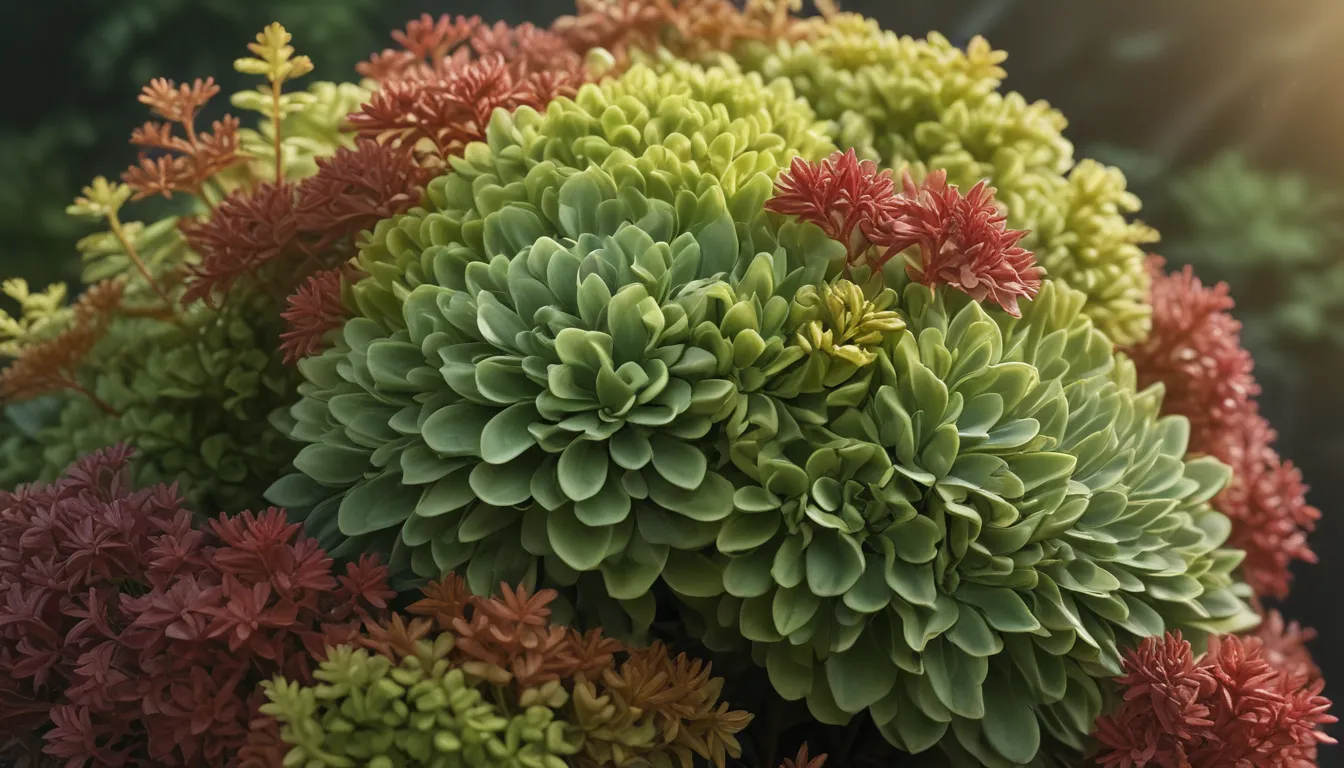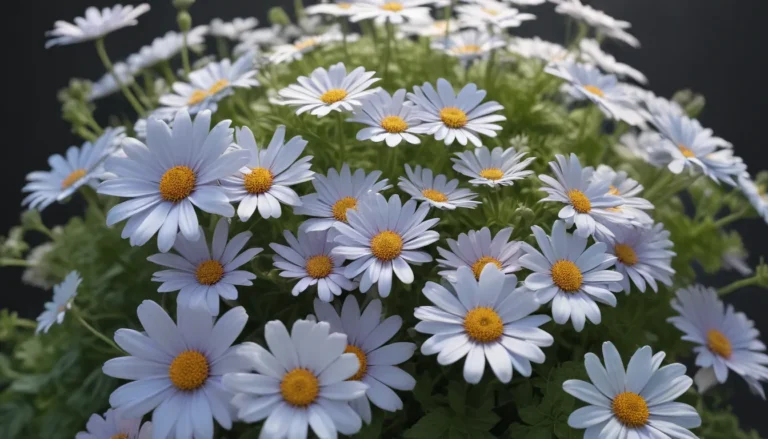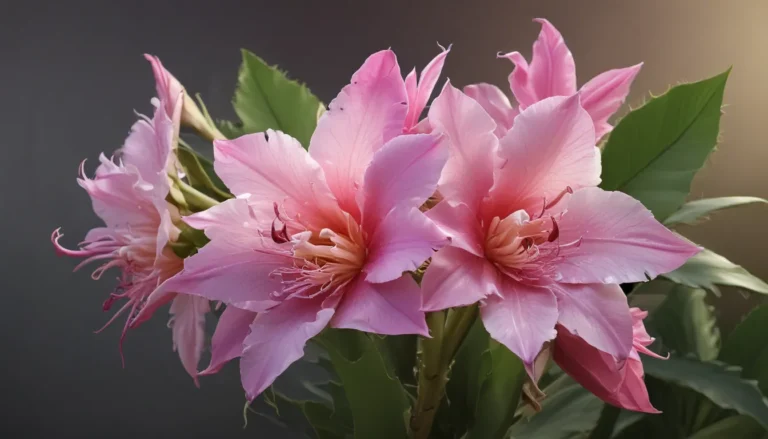The pictures we use in our articles might not show exactly what the words say. We choose these pictures to make you interested in reading more. The pictures work together with the words but don’t take their place. The words still tell you the important facts.
Are you ready to dive into the enchanting world of Sedum plants? Discover the captivating allure of these resilient succulents as we uncover 10 astounding facts that will leave you in awe. From their vibrant colors to their ability to thrive in harsh conditions, Sedums are a true marvel of nature. Whether you're a seasoned gardener or a plant enthusiast, prepare to deepen your appreciation for these extraordinary beauties.
The Fascinating World of Sedum
Sedum, also known as "stonecrop," is a genus of flowering succulent plants that belongs to the Crassulaceae family. With over 400 species to its name, Sedum offers a diverse range of colors, forms, and growth habits, making it a popular choice among gardeners and landscapers alike.
Diversity in the Crassulaceae Family
The Crassulaceae family is renowned for its ability to store water in its fleshy leaves, making it well-suited for arid environments. Sedum, with its wide variety of species, showcases the adaptability and resilience that are characteristic of this plant family.
Adaptable and Easy to Grow
One of Sedum's most remarkable traits is its adaptability to various growing conditions. Whether basking in full sun or nestled in well-draining soil, Sedum thrives with minimal care, making it a low-maintenance plant for any garden or landscape.
A Symbol of Good Fortune
In some cultures, Sedum is regarded as a symbol of good luck, fortune, and prosperity. Having Sedum in your garden is believed to bring positive energy and abundance into your life, adding a touch of charm and positivity to your outdoor space.
Unveiling the Charms of Sedum
Let's delve deeper into the enchanting qualities that make Sedum plants truly extraordinary.
Vibrant Flowers that Attract Pollinators
Sedum's vibrant flowers, ranging from pink and purple to white and yellow, are not only visually stunning but also attract a plethora of pollinators. Bees, butterflies, and other beneficial insects are drawn to the nectar-rich blooms, making Sedum an excellent choice for gardens and green roof installations.
Ideal for Green Roofs
Due to its ability to withstand harsh environmental conditions, Sedum is a popular choice for green roof installations. Its shallow root system and drought tolerance make it an excellent candidate for creating sustainable and visually appealing rooftop gardens.
Dynamic Color Changes Throughout the Year
Many species of Sedum boast leaves that undergo a stunning transformation in color throughout the seasons. From vibrant greens in spring and summer to rich reds, oranges, and purples in the fall, Sedum's captivating color palette adds visual interest to any garden.
Cultivating Sedum: Care Tips and Propagation Techniques
Explore the practical aspects of growing and propagating Sedum plants to enhance your gardening experience.
Low-Maintenance Plant Care
Thanks to its drought tolerance and hardiness, Sedum is a low-maintenance plant that requires minimal care. Regular watering and occasional pruning to remove dead foliage are typically all that is needed to keep your Sedum thriving and looking its best.
Easy Propagation Methods
One of the greatest advantages of Sedum is its ease of propagation. Whether through leaf cuttings or stem cuttings, you can quickly and successfully propagate new plants from existing specimens, expanding your collection of these delightful succulents with ease.
Embracing the Beauty of Sedum
In conclusion, Sedum plants, with their resilience, vibrant colors, and diverse forms, are a true delight for gardeners and plant enthusiasts alike. Whether adorning your indoor space or gracing your outdoor garden, Sedums bring a touch of natural beauty and positivity to any environment.
FAQs: Your Sedum Queries Answered
Are you curious about caring for your Sedum plants or propagating new ones? Here are some commonly asked questions to guide you on your journey with Sedum.
- How often should I water my sedum?
-
Sedums are drought-tolerant plants and do not require frequent watering. In general, watering once every two weeks is sufficient, but it may vary depending on the climate and the specific type of sedum you have.
-
Can sedums grow indoors?
-
Absolutely! Sedums can adapt well to indoor environments as long as they receive sufficient sunlight. Place your sedum in a bright spot near a window and water it sparingly to prevent overwatering.
-
Are sedums attractive to pollinators?
-
Yes, sedums are known to attract a variety of pollinators, including bees, butterflies, and hoverflies. Their nectar-rich flowers serve as an important food source for these beneficial insects.
-
Do sedums require special soil conditions?
-
Sedums are adaptable and can grow in various soil types. However, they prefer well-draining soil with a pH level between 6.0 and 7.0. If your soil is heavy and retains water, consider adding compost or sand to improve drainage.
-
How do I propagate sedums?
- Sedums can be propagated through stem cuttings or by dividing mature plants. Stem cuttings should be taken during the spring or summer months and allowed to callus before being planted in well-draining soil. Divide larger sedum plants in early spring or fall to encourage new growth.
Discover More Botanical Wonders
If you're captivated by the world of succulents like Sedum, explore our articles on various types of succulents that thrive in different environments. For groundcover enthusiasts, uncover the intriguing qualities of Ajuga that make it a standout choice for gardens and landscapes. And if rock gardens beckon to you, don't miss our piece on the stunning facts of Portulaca.
Our Commitment to Quality
At our core, we are dedicated to delivering trustworthy and engaging content that enriches your knowledge and appreciation for the natural world. With every fact contributed by real users and meticulously reviewed by our editors, we ensure the highest standards of accuracy and credibility in the information we share. Trust in our commitment to quality and authenticity as you embark on your journey of exploration and learning with us.






